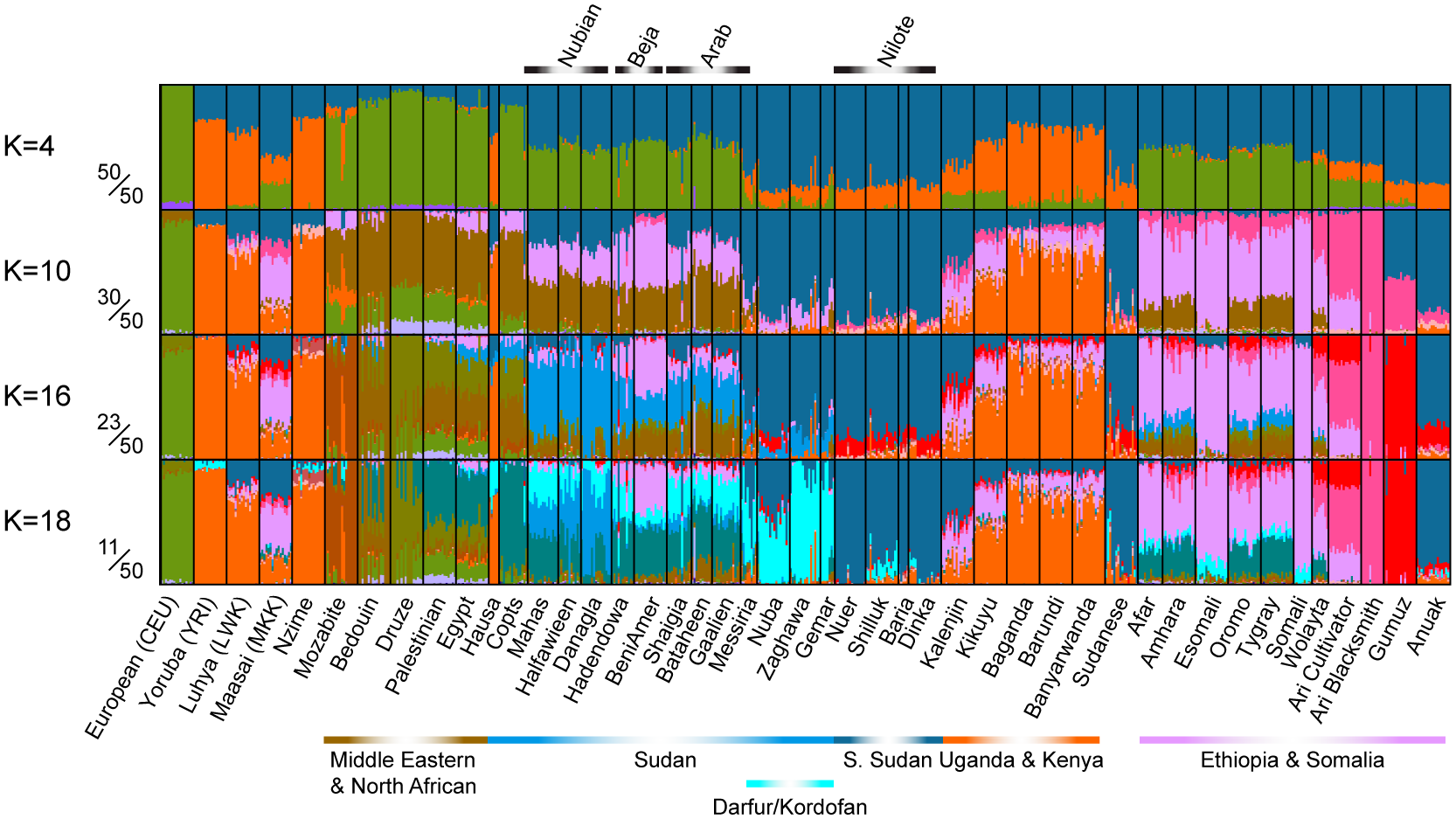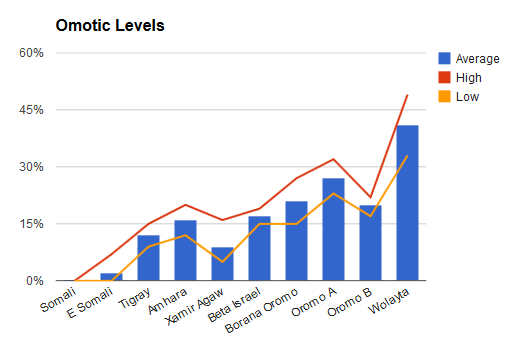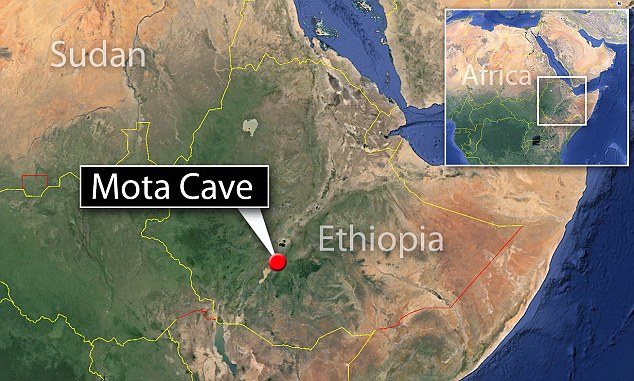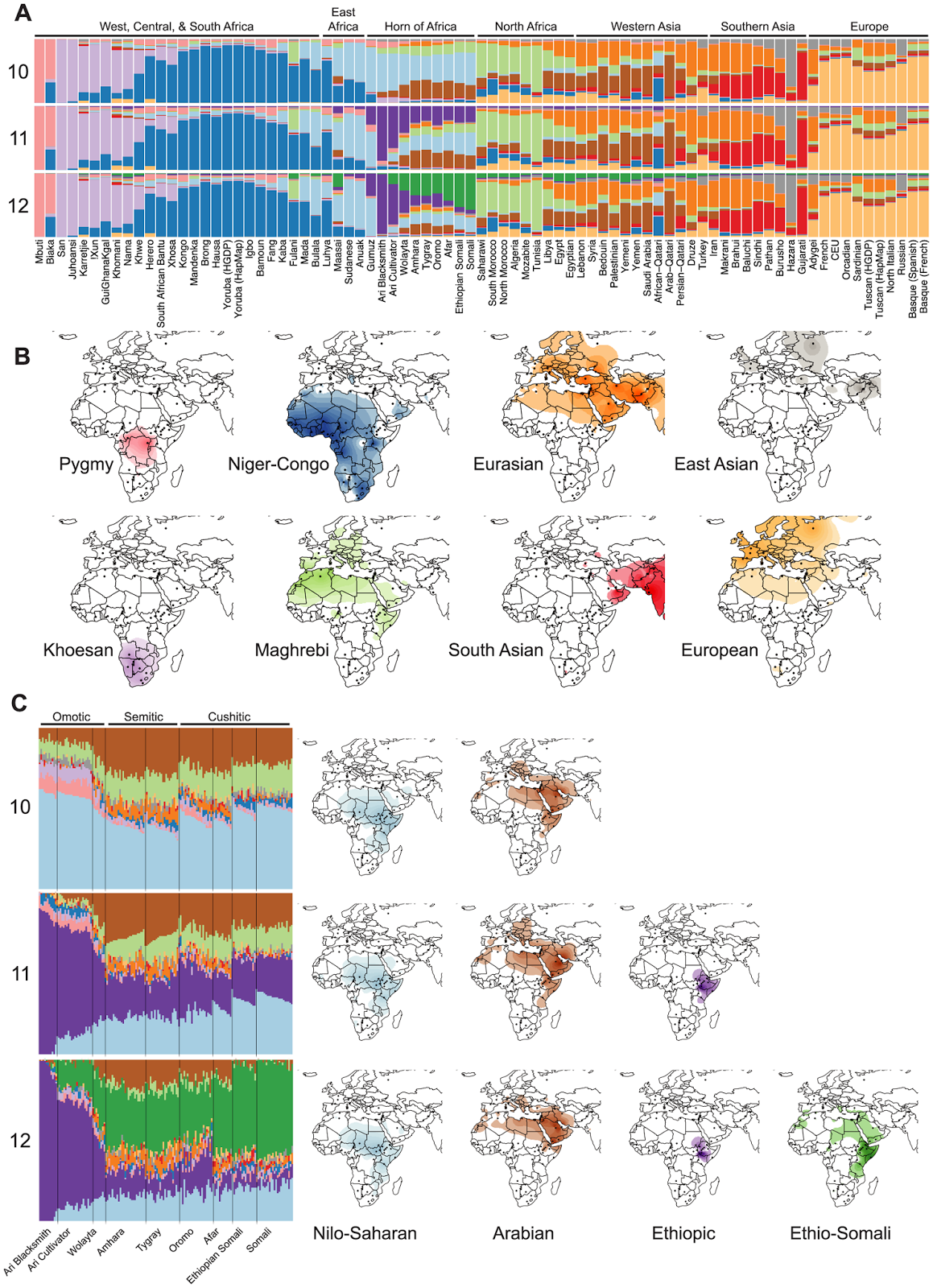Wow, I knew about some of this but you know a lot. Do you think the Queen of Sheba was Cushitic or Semetic?
Nimrod was also the founder of Babylon and Mesopotamia as a whole, right? So one could say that ancient Cushites are the founders of civilization!
There is a lot of discussion over Sheba. One line of descent is Cushitic, and the other Semitic. "Muslim scholars, including
Ibn Kathir, related that the people of Sheba were
Arabs from
South Arabia.
[21" ] The Cushitic claim is Ethiopian, although the Ethiopians do distinguish between Cushites and the descendants of Joktan. Here is the Wiki:
https://en.wikipedia.org/wiki/Sheba
In the
Quran, Sheba is mentioned in
surat an-Naml in a section that speaks of the visit of the
Queen of Sheba to
Solomon.
[14] The Quran mentions this ancient community along with other communities that were destroyed by God.
[15]
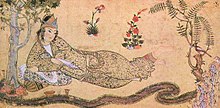
Bilqis reclining in a garden, Persian miniature (ca. 1595), tinted drawing on paper
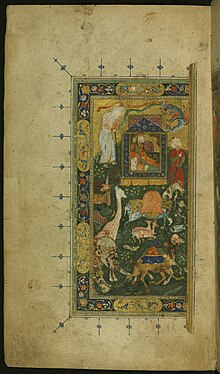
Illustration in a
Hafez Frontispiece Depicting Queen Sheba, Walters manuscript W.631, around 1539
In the
Quran, the story essentially follows the Bible and other Jewish sources.
[16] Solomon commanded the Queen of Sheba to come to him as a subject, whereupon she appeared before him (
an-Naml, 30–31, 45). Before the queen had arrived, Solomon had moved her throne to his place with the help of a jinn. She recognized the throne, which had been disguised, and finally accepted the faith of Solomon.
Muslim commentators such as
al-Tabari,
al-Zamakhshari,
al-Baydawi supplement the story at various points. The Queen's name is given as
Bilqis, probably derived from Greek παλλακίς or the Hebraised
pilegesh, "concubine".
[17]According to some he then married the Queen, while other traditions assert that he gave her in marriage to a
tubba of
Hamdan.
[18] According to the Islamic tradition as represented by
al-Hamdani, the queen of Sheba was the daughter of Ilsharah Yahdib, the
Himyarite king of
Najran.
[19]
Although the Quran and its commentators have preserved the earliest literary reflection of the complete Bilqis legend, there is little doubt among scholars that the narrative is derived from a Jewish
Midrash.
[18]
Bible stories of the Queen of Sheba and the ships of
Ophir served as a basis for legends about the Israelites traveling in the Queen of Sheba's entourage when she returned to her country to bring up her child by Solomon.
[20] There is a Muslim tradition that the first Jews arrived in Yemen at the time of King Solomon, following the politico-economic alliance between him and the Queen of Sheba. However, that tradition is suspected to be an apologetic fabrication of Jews in Yemen later transferred to Islam, just like many other traditions.
[16]
Muslim scholars, including
Ibn Kathir, related that the people of Sheba were
Arabs from
South Arabia.
[21]
Ethiopian and Yemenite tradition[edit]
Main article:
Orthodox Tewahedo
In Ethiopian tradition, the Sheba (
Saba in Ethiopic) who was
Joktan's son is considered their primary ancestor, while
Sabtah and
Sabtechah, sons of Cush, are considered the ancestors of the
Cushites.
Traditional Yemenite genealogies also mention Saba, son of
Qahtan; however, they claim
Sabaean descent not from him, but from yet another Saba not mentioned in scripture who was said to be a grandson of
Ya'rub and a great-grandson of Qahtan.
In the medieval Ethiopian
Kebra Nagast, Sheba was located in Ethiopia.
[22] Some scholars therefore point to a region in the northern
Tigray Region and
Eritrea, which was once called Saba (later called Meroë), as a possible link with the biblical Sheba.
[23] Donald N. Levine links Sheba with
Shewa (the province where modern
Addis Ababa is located) in Ethiopia.
[24]